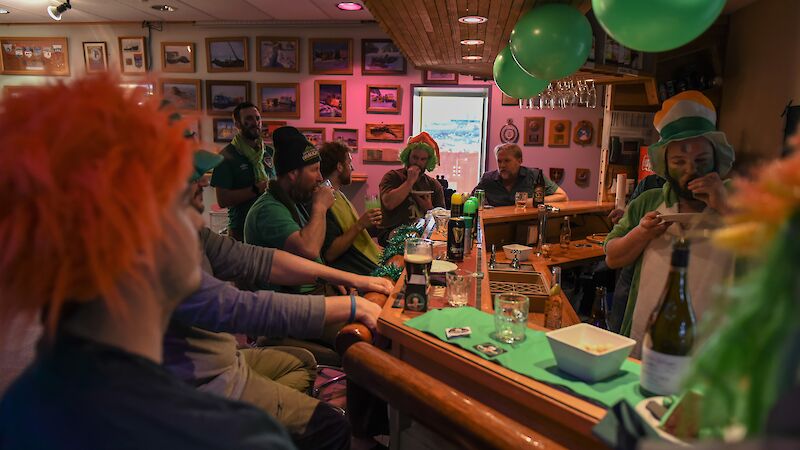The amount of alcohol at Australian Antarctic research stations will be aligned with current Australian Government health guidelines on personal consumption.
The new Drug and Alcohol Policy of the Australian Antarctic Division (AAD) reflects the national norm of no more than 10 standard drinks a week.

Director Kim Ellis said the AAD has embarked upon a broad suite of activities to improve safety, health and wellbeing outcomes for expeditioners.
"We are introducing a range of initiatives to meet our duty of care to provide safe, healthy and productive workplaces, and one of these initiatives relates to the management of drugs and alcohol in our research stations," he said.
"The AAD policy recognises the need to create a comfortable and safe community atmosphere on research stations, with the ability to have a drink while engaging socially and to celebrate special occasions."
The policy sets the volume of alcoholic beverages that expeditioners can take to Antarctica as:
• 7 cans of full-strength beer per week
• 1.5 bottles of wine or champagne per week
• ½ bottle of spirits per week
Home brewing on station will no longer be permitted due to an inability to safely manage consumption, hygiene standards and alcohol content.
Ship-based activities and resupply operations will continue to be alcohol free.
The new policy will come into effect next summer season and aims to reduce the risk of harm from alcohol-related disease, incidents or accidents.
The new policy was developed by a review committee including polar medical specialists, Antarctic scientists, Station Leaders, Work Health and Safety advisers, workplace safety representatives, and Drug and Alcohol policy experts.






